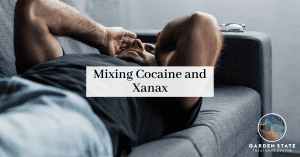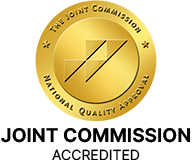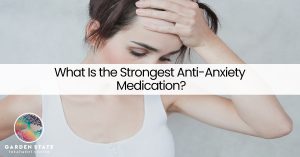
Tag: Benzodiazepine
Benzodiazepines (BZD, BDZ, BZs), sometimes called “benzos”, are a class of psychoactive drugs whose core chemical structure is the fusion of a benzene ring and a diazepine ring. As depressants—drugs which lower brain activity—they are prescribed to treat conditions such as anxiety, insomnia, and seizures.

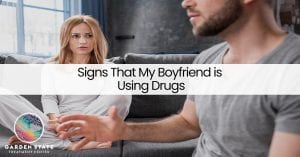
Signs That My Boyfriend is Using Drugs

Is Valium Used for Treating Panic Attacks?
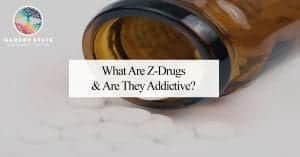
What Are Z-Drugs And Are They Addictive?

Does CBD Help With Benzodiazepine Detox?

Can You Get High on Propofol?

Does Xanax Help With Insomnia?
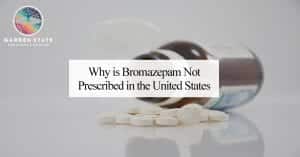
Why is Bromazepam Not Prescribed in the United States?
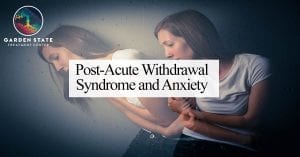
Post-Acute Withdrawal Syndrome and Anxiety
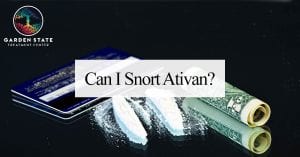
Can I Snort Ativan?
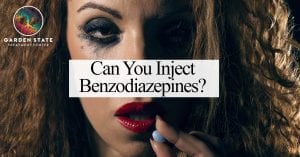
Can You Inject Benzodiazepines?
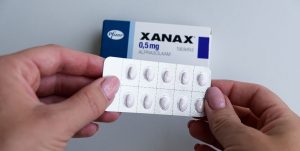
What Schedule Drug is Xanax?
